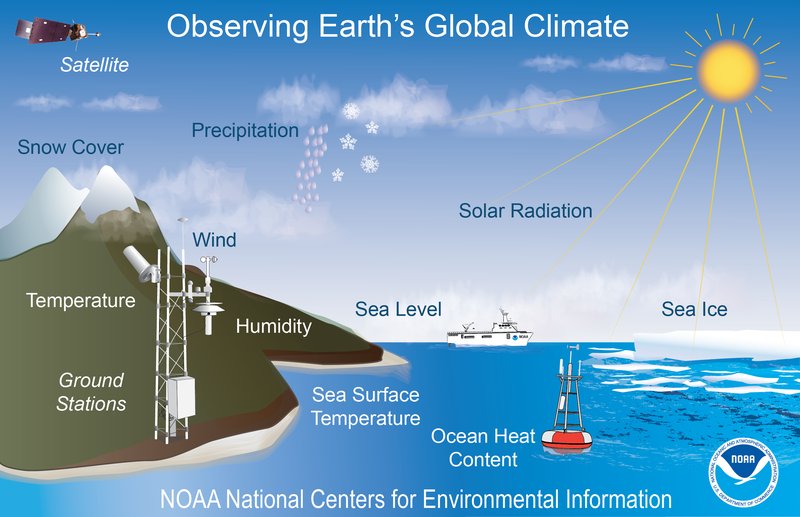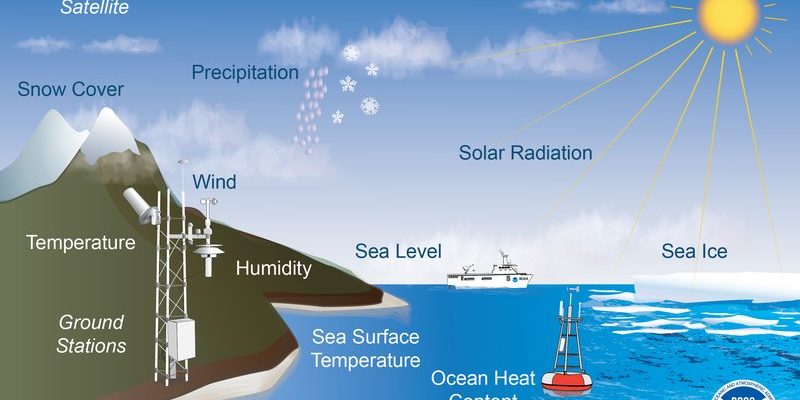
Botflies are fascinating insects known for their unusual life cycle that includes a parasitic stage involving larvae developing inside a host animal. With climate change altering temperatures and weather patterns, these larvae’s habitats and spread could change dramatically. Let’s explore how warming temperatures, shifting ecosystems, and altered precipitation patterns might influence where botfly larvae thrive.
Understanding Botfly Larvae Life Cycle
To grasp how climate change affects botfly larvae, we must first understand their life cycle. Botflies lay their eggs on hosts, typically mammals like rabbits or deer. Once hatched, the larvae burrow into the host’s skin, feeding and developing there for weeks before emerging into the world as mature flies. This unique process makes them sensitive to their environment.
Imagine a warm summer day; that’s when botfly larvae are most active. They thrive in warmer conditions and can struggle when temperatures dip too low. So, what happens when the climate warms? You guessed it: more suitable environments for these larvae. As temperatures rise, regions that were once inhospitable become prime real estate for botflies, potentially increasing their numbers.
Impact of Warming Temperatures
Warming temperatures can drastically shift botfly larvae distribution. In regions where they were once scarce, we may start to see them pop up more frequently. This shift isn’t just about the larvae; it can have a ripple effect on local ecosystems.
For example, if botfly larvae find new hosts due to changing wildlife patterns, those hosts might experience increased parasitism. This could weaken animal populations and disrupt food chains. It’s a bit like adding a new player to a game who doesn’t understand the rules; it changes the dynamics for everyone involved.
Furthermore, warmer temperatures might also speed up the larvae’s development cycle. This could lead to multiple generations in a single season, causing populations to explode in areas that weren’t historically home to botflies.
Altered Precipitation Patterns
Climate change doesn’t only warm things up; it also messes with our weather patterns. Some areas may experience increased rainfall, while others can suffer from drought. These shifts can create new habitats for botfly larvae.
Imagine a once-dry region suddenly becoming lush after heavy rains. This new moisture can support different animals that might become hosts for botfly larvae. Conversely, in drought-stricken areas, hosts might become scarcer, limiting the larvae’s distribution. Overall, these changes can push botfly populations into unexpected places, affecting both wildlife and human activities.
Potential Host Species Shift
As conditions change, the species that serve as hosts for botfly larvae may also shift. For instance, if certain mammals start moving north in search of cooler temps or new food sources, botflies might tag along for the ride. This could introduce them to ecosystems they’re not accustomed to, leading to new challenges for local wildlife.
Consider how squirrels in North America are adapting to climate change by migrating to different regions. If they become hosts for botfly larvae, this could drastically alter the ecosystem balance in their new homes.
Effects on Biodiversity
Increases in botfly larvae distribution can threaten biodiversity. More botflies in an area can lead to higher parasitism rates among local wildlife, which can weaken species populations and push some closer to extinction. This is particularly concerning for species that are already struggling due to habitat loss or other climate-related stresses.
Here’s the thing: biodiversity is essential for ecosystem resilience. When one species suffers, it can create a domino effect. Loss of certain animal populations can mean fewer plants are pollinated or fewer predators to keep other species in check. It’s the ultimate chain reaction—one that highlights the intricate connections between climate change and wildlife health.
Human Health Considerations
You might be wondering how all this affects us humans. Well, increased botfly larvae populations could lead to more cases of myiasis, a condition where larvae infest human tissue. While this is rare, it’s still a risk, especially for those living in or visiting rural areas where botflies are prevalent.
As botfly distributions change, public health measures may need to adapt. Awareness about the risks associated with these larvae will be crucial for those who spend time outdoors in wilderness areas.
Additionally, if botflies begin to affect livestock, this could have economic implications for farmers, furthering the need for awareness and proactive strategies.
Monitoring and Adaptive Strategies
So, how do we keep track of these changes? Monitoring botfly populations and their habitat is essential. Scientists can use various tools, such as satellite imagery and local wildlife surveys, to track distribution shifts and their causes.
Adaptive strategies might include educating communities about botfly risks and promoting wildlife conservation efforts. By preserving habitats that are crucial to maintaining healthy ecosystems, we can help mitigate some of the adverse effects of climate change on botfly larvae and other species.
The effects of climate change on botfly larvae distribution offer a fascinating lens through which to view our changing world. As temperatures rise and weather patterns alter, these tiny insects could dramatically shift their habitats, impacting wildlife and human health in ways we’re just beginning to understand. By learning about their life cycle, monitoring their populations, and adopting adaptive strategies, we can navigate these changes more effectively. Ultimately, it’s up to all of us to pay attention to the interconnections in our ecosystems, ensuring that they remain resilient in the face of climate change.

